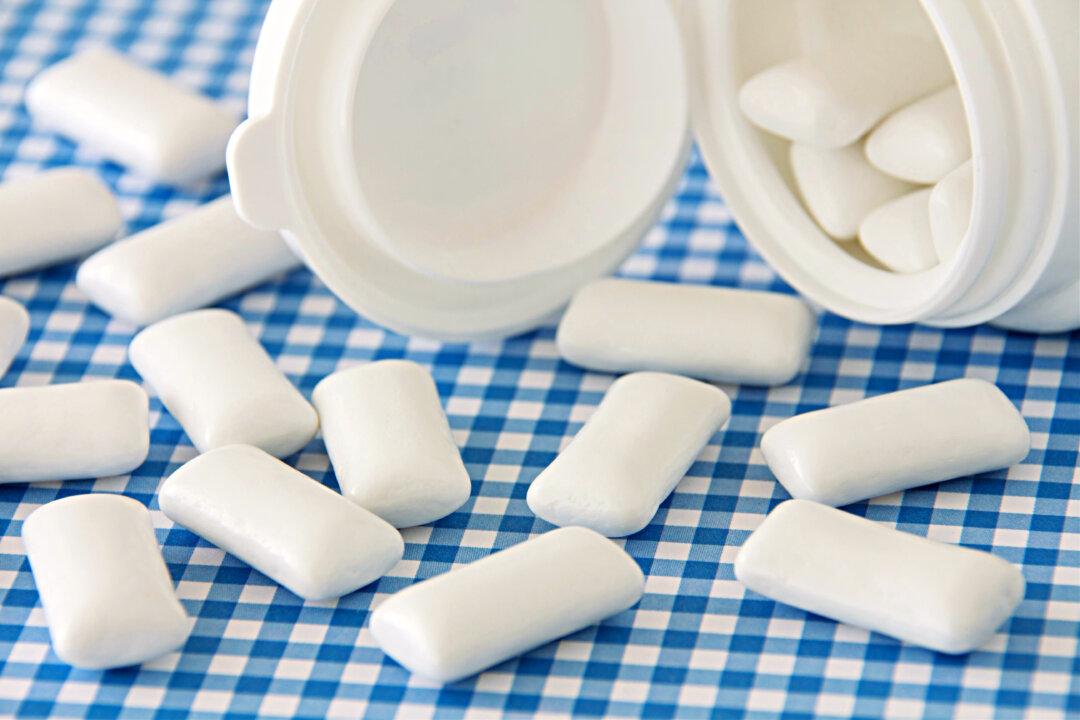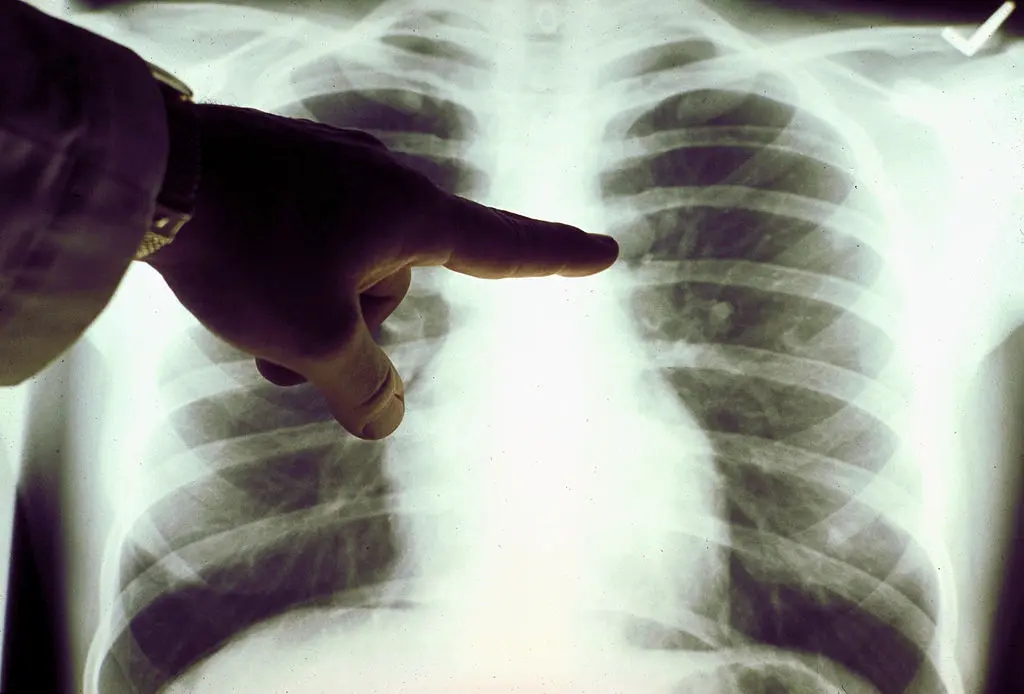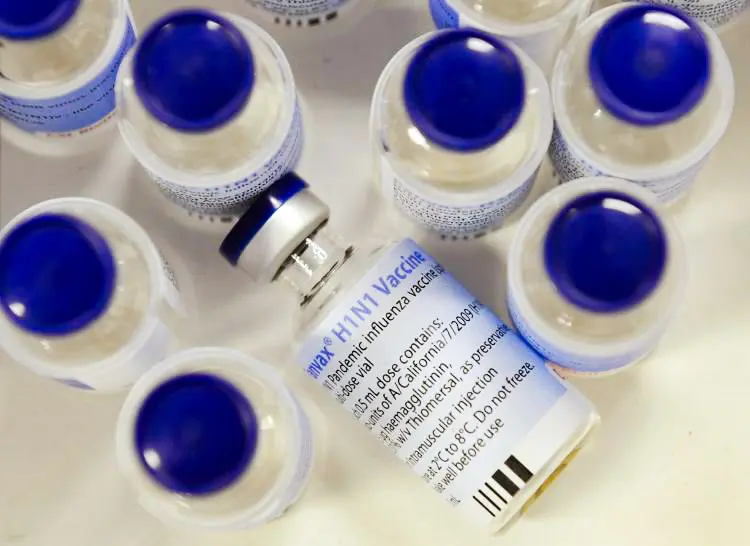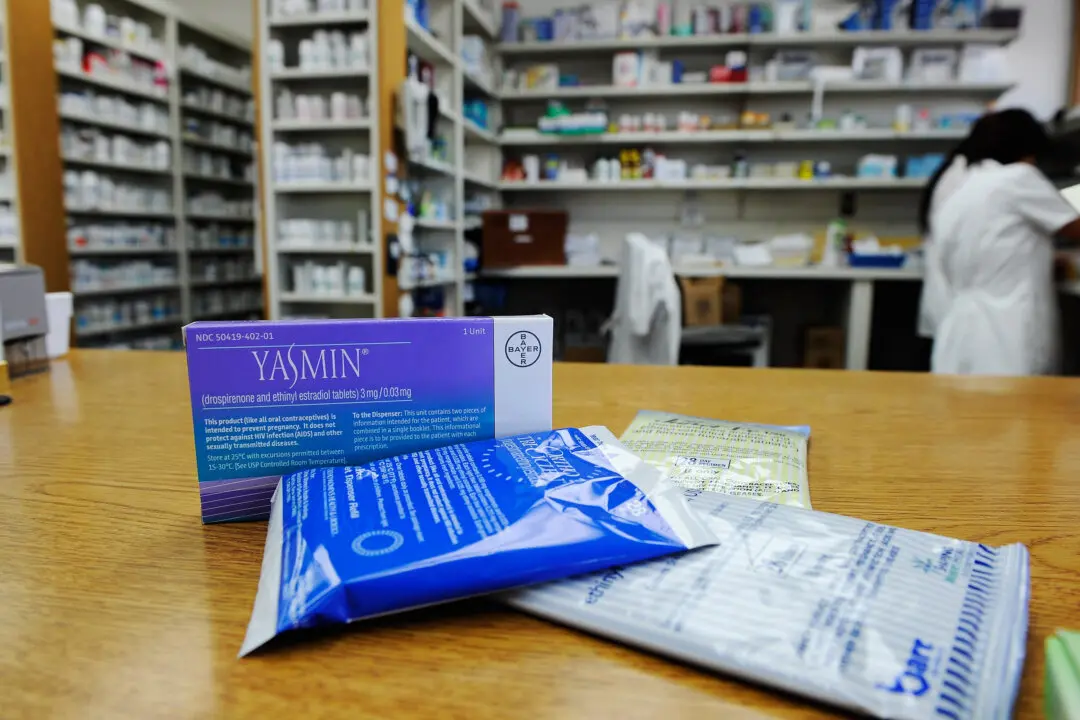Chewing a single piece of gum releases hundreds or thousands of microplastics into the saliva, with the average gum-chewer at risk of ingesting 30,000 microplastic particles in a year, according to a new pilot study.
Researchers of the study “wanted to identify how many microplastics a person could potentially ingest from chewing natural and synthetic gums,” the American Chemical Society said in a March 25 statement. While natural products use plant-based polymers to achieve a chewy texture, other gums “use synthetic rubber bases from petroleum-based polymers.”





